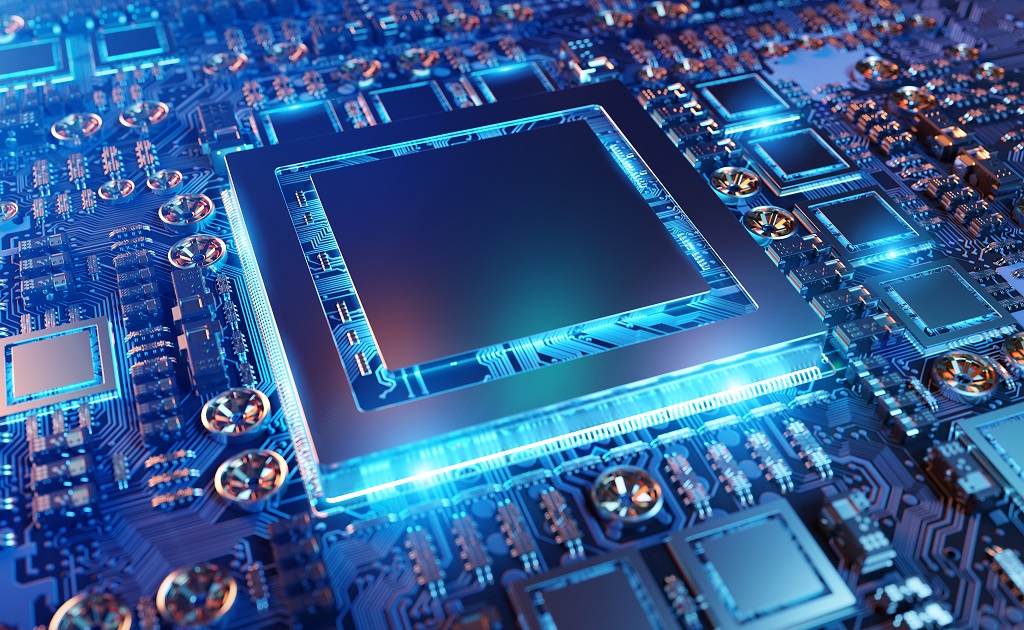In recent years, India has seen a significant increase in demand for technological goods, which is largely attributable to the country’s status as the second-largest global manufacturer of mobile phones and the country’s rising internet penetration rate. Manufacturing of electronics hardware is given top precedence by the Indian government because it forms one of the foundational pillars of the Make in India, Digital India, and Start-up India programmes.
Also Read: Breaking The Mold: Why The British Education System Needs To Change
One of the economy’s fastest-growing industries, the electronics system design and manufacturing (ESDM) industry in India is experiencing rapid growth. Due to shifting global landscapes in electronics design and manufacturing skills as well as cost structures. Indian manufacturers are catching the eye of multinational companies. Companies from all over the world are working to build local capacities in India. So that they can service both the domestic market and the markets abroad.
The India Electronics and Semiconductor Association (IESA) estimates that India consumed semiconductors worth US$21 billion in 2019, an increase of 15.1%. About US$2.5 billion was made from research and development in this sector, which also encompasses electronic goods and embedded systems.
The India’s trend
Technology has taken center stage in all facets of modern life. As a result of the pandemic’s extraordinary acceleration of digitization. While certain industries suffered a setback, demand for smartphones, home appliances, and personal computers remained high. India currently has the second-largest mobile subscriber base worldwide, and demand for electronics products is only anticipated to increase.
Likewise, the government of India’s programmes have given great attention to the manufacturing of electronics gear. According to the government’s recently released vision plan. Indian electronics manufacturing is will be growing to treble to $300 billion by 2026.
Growth catalysts
The need for new electronics items is increasing as a result of emerging technologies including artificial intelligence, machine learning, the internet of things, augmented reality (AR), virtual reality (VR), and robotics. India is already a major participant in the world of software development, and with improved hardware production skills, India may become a major player in the electronics industry as well.
In order to fulfill India’s ambitious goals to become a global competitor, firms have been able to achieve significantly higher operational efficiencies by combining traditional manufacturing techniques and digital technologies. Businesses can identify hazards using tools like Big Data and predictive analytics, and can then take the necessary precautions.
Additionally, the rollout of 5G will bring high-speed, ultra-low latency internet, which will enhance automation, artificial intelligence, and machine learning advancements as well as make already smart factories even smarter.
Also Read: From Hero to Hypocrite: The Meltdown of Arvind Kejriwal’s Political Brand
Given its unprecedented economic growth and influence on international problems, India has a bright future. India is currently experiencing a massive boom in the new economy, powered by technology. As a superpower, Homegrown electronics manufacturing industry is flourishing. The Nation has advanced quickly in the electronics industry in recent years, particularly in the automation, defense, and consumer electronics industries. The numerous amenities offered in ideal working circumstances.
In the coming years, market will be witnesing robust growth. The demand for electronic related product is expected to rise across several domains. Such as automotive, electronics and industrial among others in the coming years. Moreover, ongoing research and development and new product launches are also expected. To positively drive the growth of the Indian electronics manufacturing industry. Taking into account the driving factors the industry will see robust growth in the next decade.

















